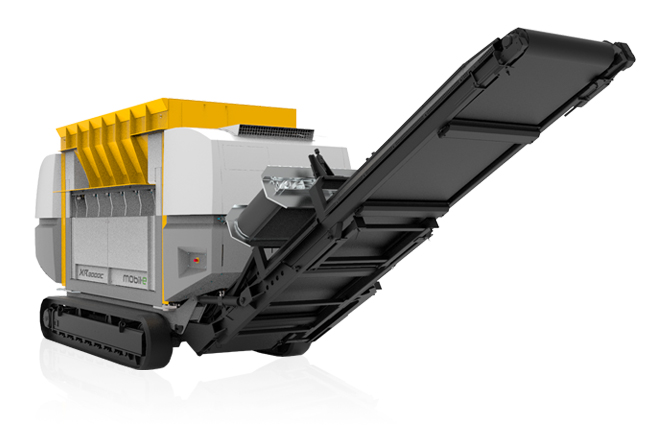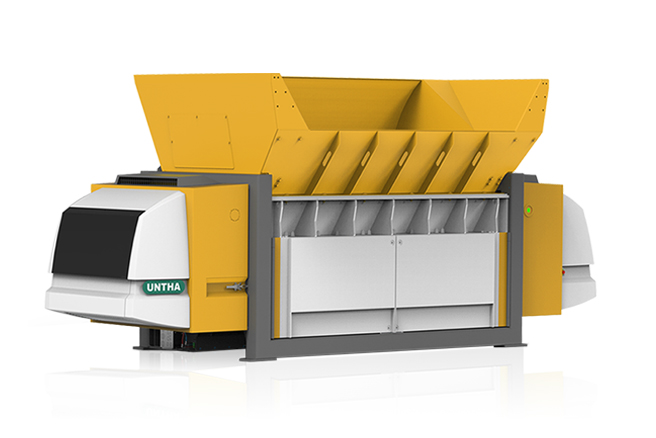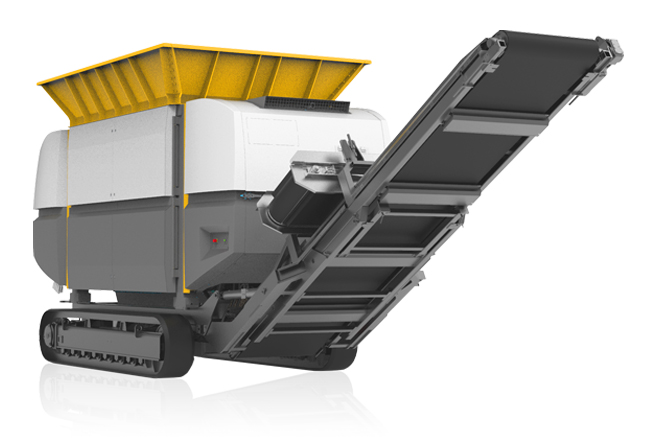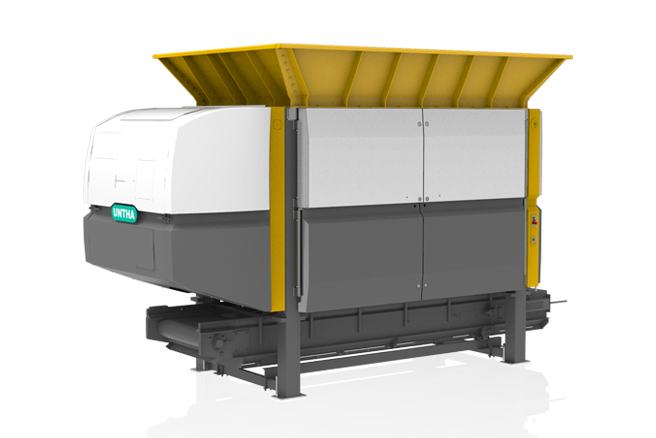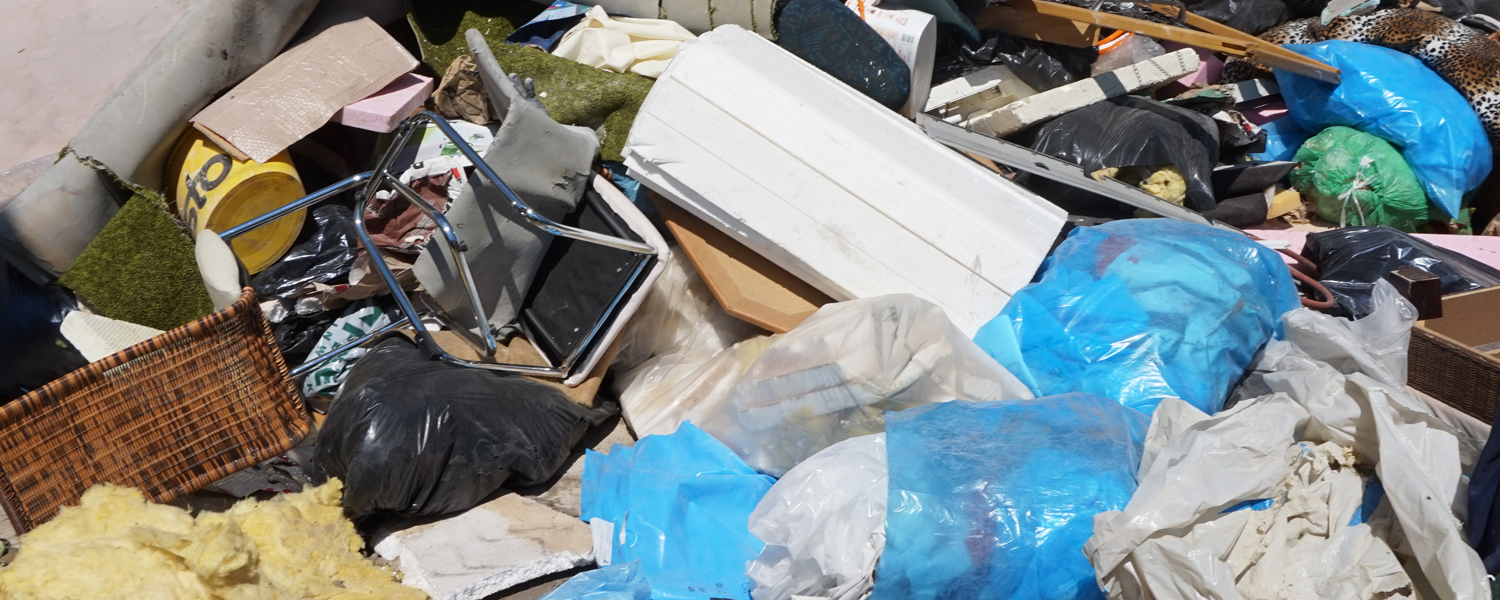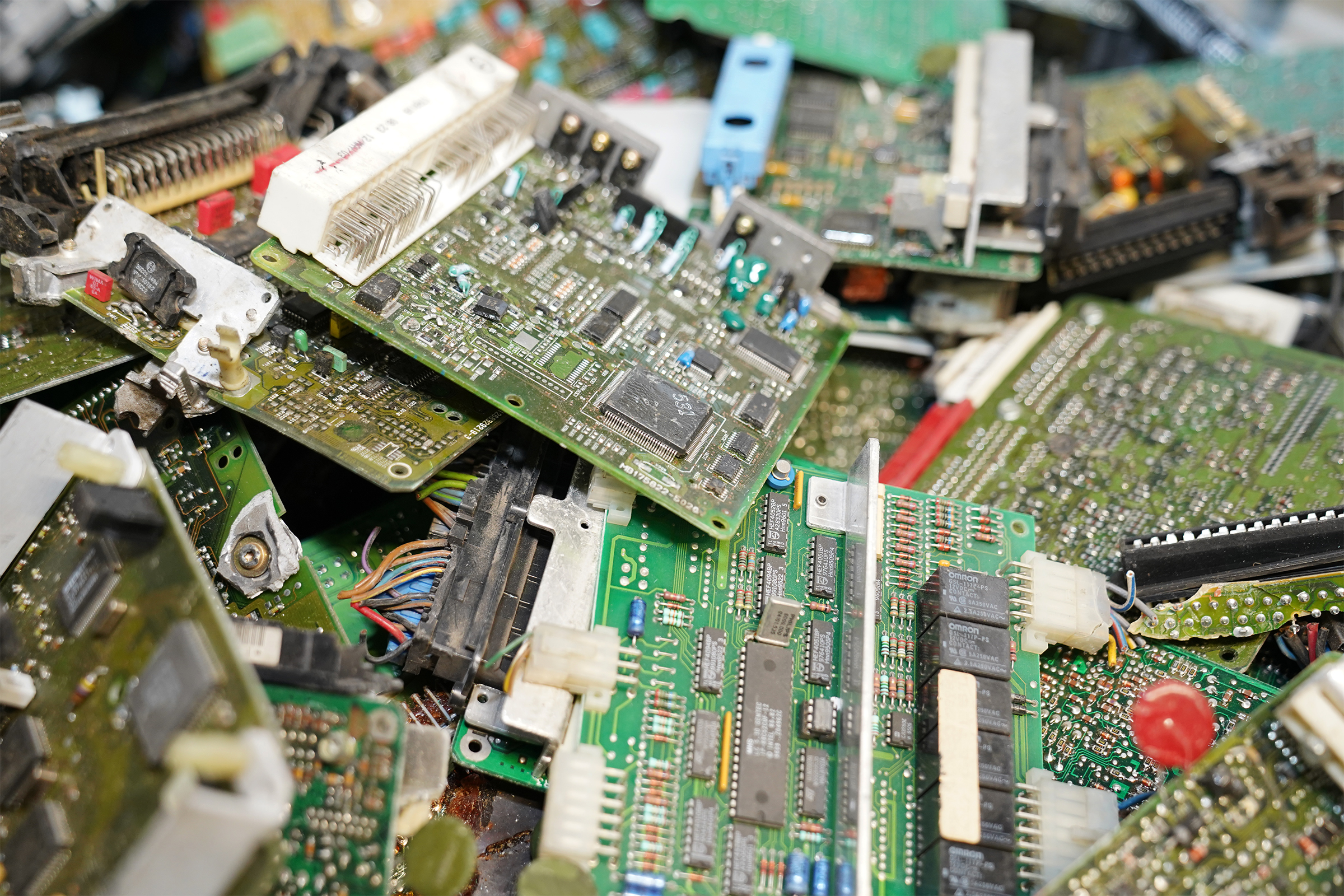Material
Commercial and industrial waste is collected separately according to the respective components before being processed and reintroduced into the raw material cycle (recycling), or recovered for thermal recycling or for energetic utilisation (substitute fuels).
UNTHA provides particularly efficient and flexible shredding machines for the 1-phase or 2-phase processing of commercial and industrial waste.
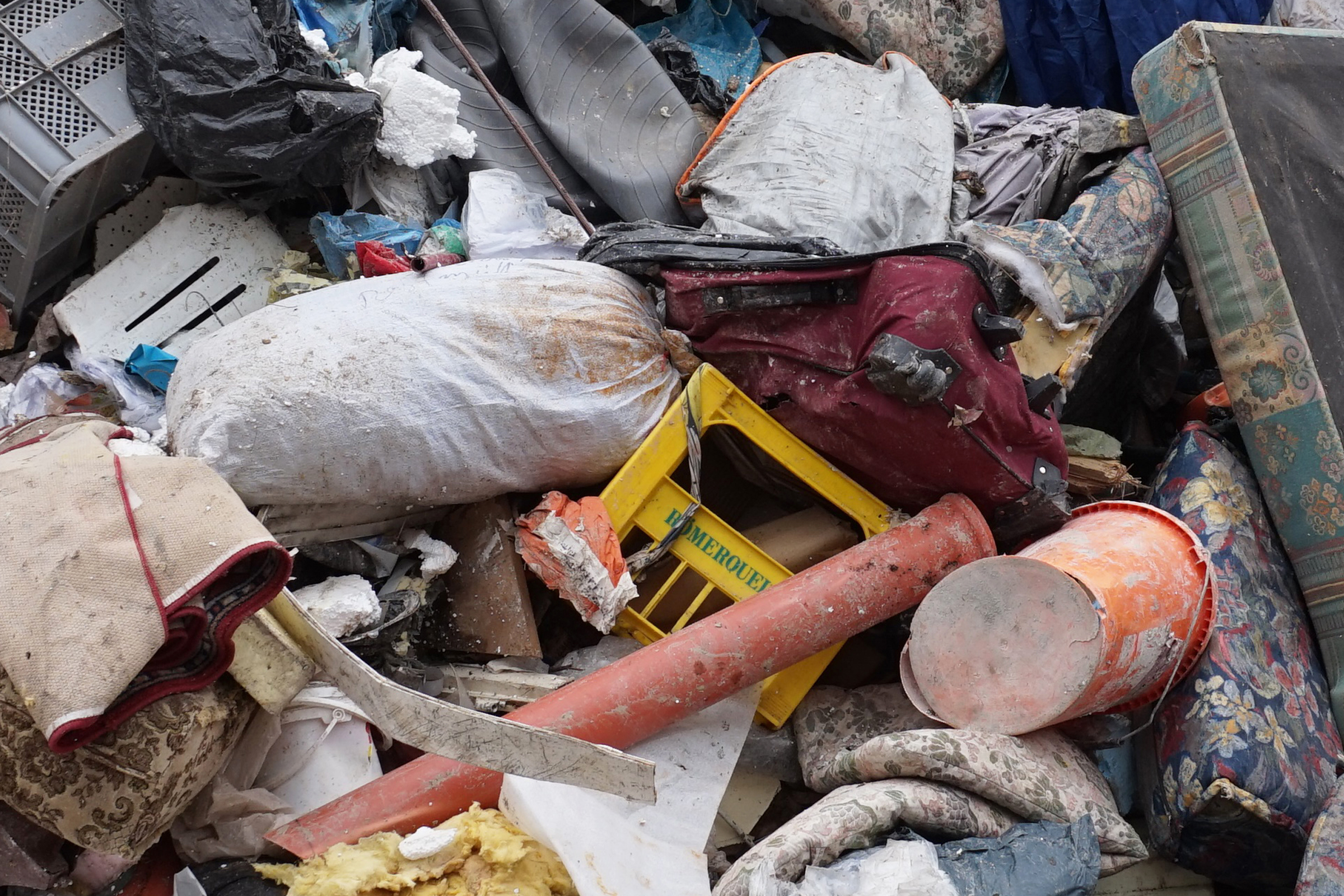
Find the right shredder
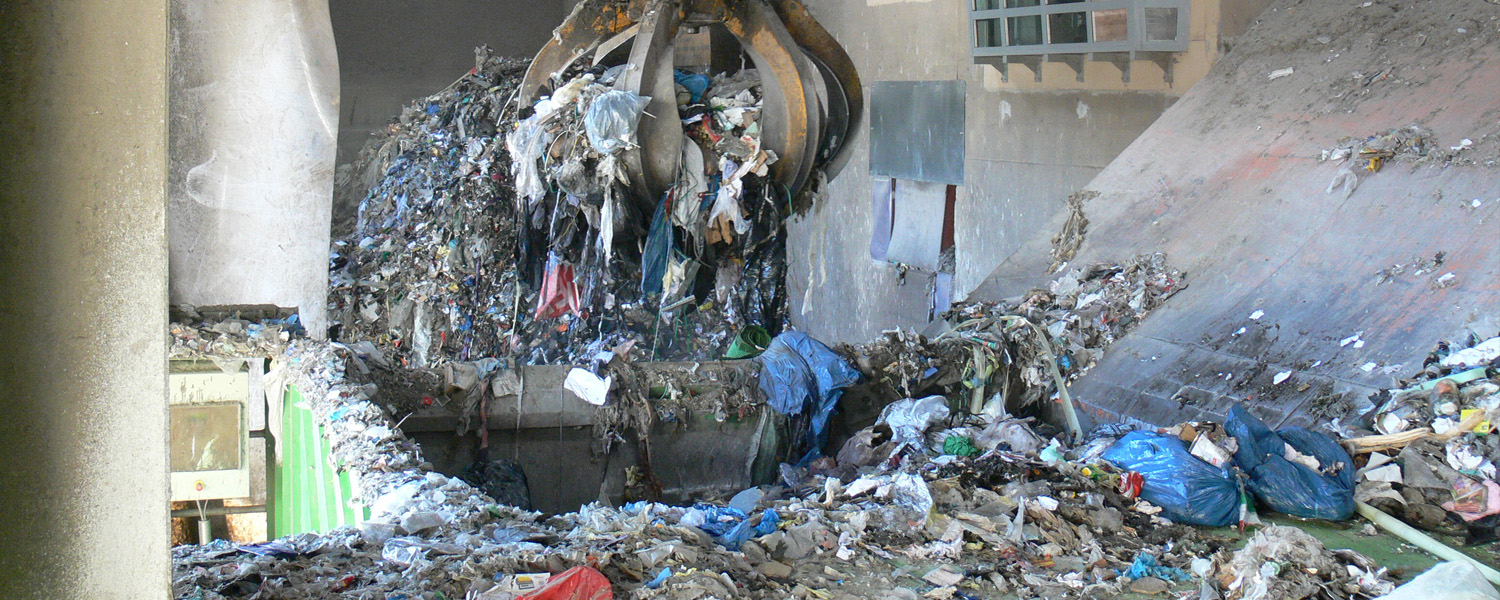
SHREDDING OF COMMERCIAL AND INDUSTRIAL WASTE
Many commercial and industrial companies accumulate various types of waste during the production process:
Paper and wood
Metal and plastics
Glass and films
Biogenic waste
These must already be separated by traders in compliance with the Commercial Waste Ordinance as they are collected on-site, with the aim of increasing material recovery rates. Many of these materials can be recycled subsequent to a treatment process, and reintroduced into the raw material cycle.
High calorific value waste which can no longer be recycled is processed as substitute fuel. Depending on which thermal utilisation the commercial and industrial waste is used for, the achievable fraction size of substitute fuels plays a decisive role.
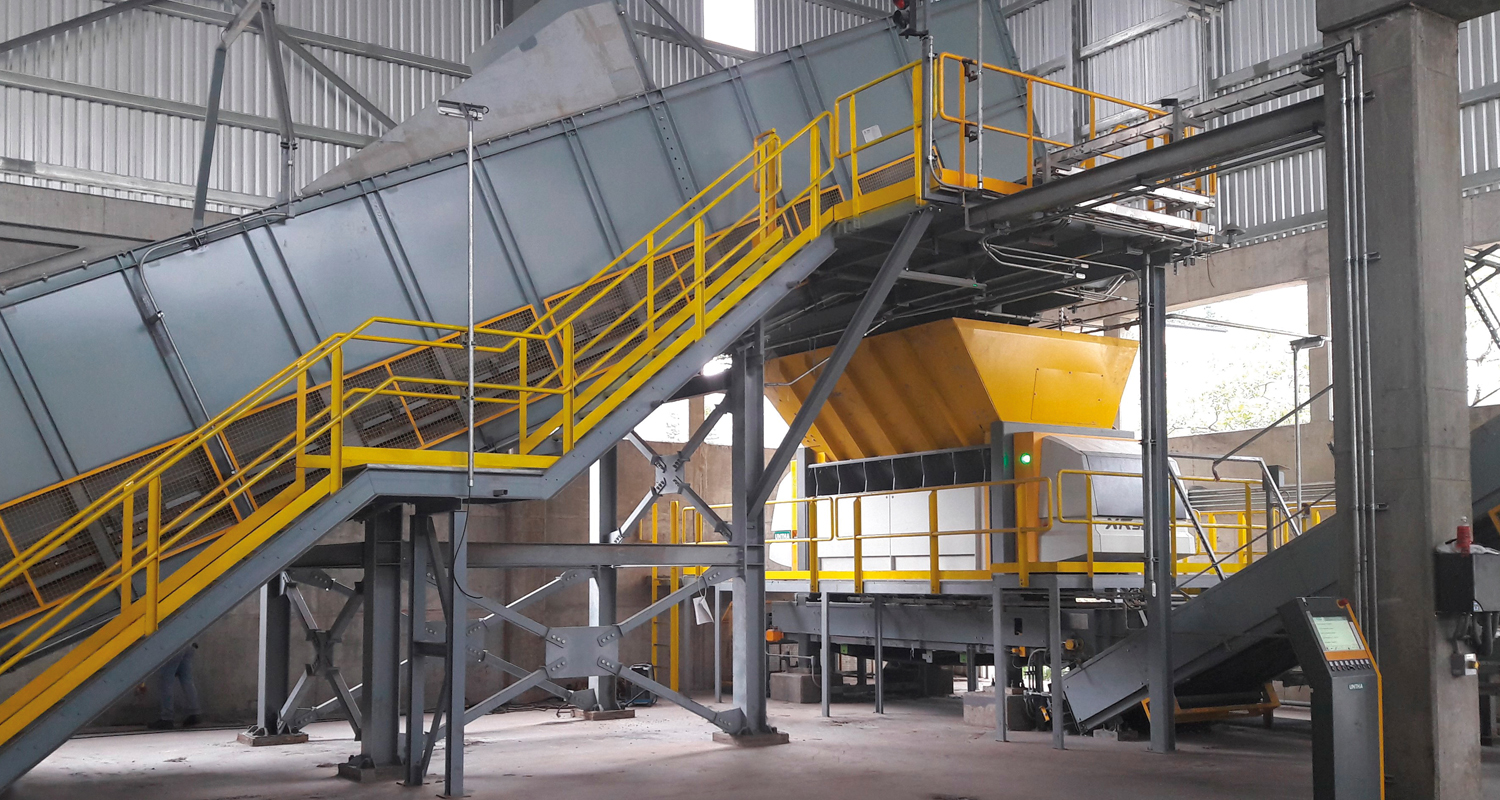
Different fraction sizes & the perfect solution
Pre-shredded waste with a size of < 150 mm is suitable for co-generation power plants with grate firing, for refuse combustion plants, for material recovery facilities (MRF) and for mechanical biological treatment. Untreated commercial residential waste achieves an approximate calorific value of 9 – 11 MJ/kg.
Substitute fuel smaller than a fraction size of 80 mm is mainly used for co-incineration in the calciner of cement plants, for fluidised bed combustion and for energy recovery in power plants. The calorific value of this fraction is determined to be approximately 15 - 18 MJ/kg.
For injection furnaces in cement works and in substitute fuel plants, on the other hand, a substitute fuel size of less than 30 mm is ideal. The secondary fuels in the mixture for co-incineration in cement rotary kilns must have a calorific value of at least 18 - 22 MJ/kg.
UNTHA provides particularly efficient and flexible shredding solutions for the processing of different materials and fraction sizes. Our 1-phase and 2-phase shredding systems allow you to optimise processing of your waste into substitute fuels, and secure you high product quality with a homogeneous granulate which is free of foreign objects.
